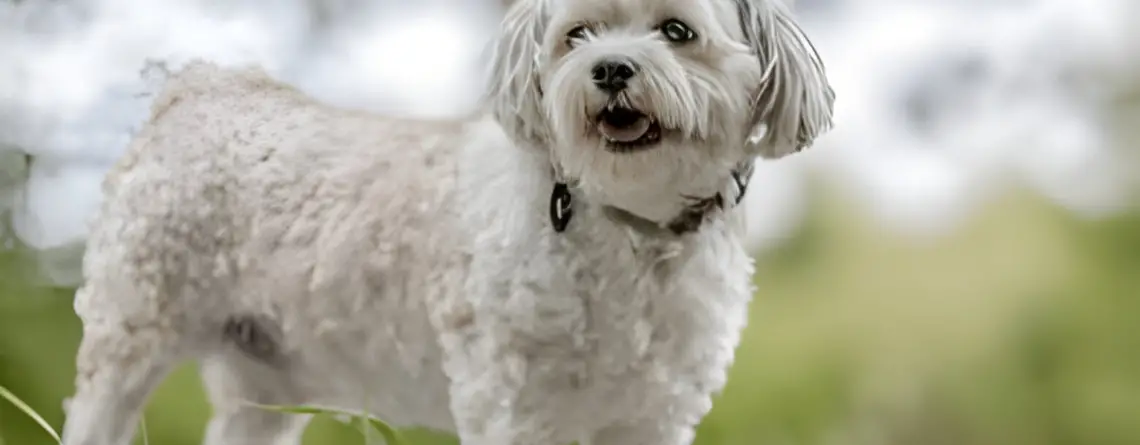Do Havanese Bark A Lot? Helps & Guide
The enchanting Havanese breed, with its silky coat and endearing personality, has charmed its way into the hearts of countless dog enthusiasts. Among the myriad questions that surround this delightful breed, one inquiry stands out: do Havanese bark a lot? As beloved companions, understanding their barking tendencies is crucial for harmonious cohabitation.
In this exploration, we embark on a journey to unravel the mystery behind Havanese barking habits. Through examining their temperament, training needs, and environmental influences, we aim to shed light on this commonly pondered question and provide insights for Havanese owners seeking to better understand their furry friends.
Understanding the Havanese Breed
The Havanese, often referred to as “velcro dogs” for their tendency to stick by their owner’s side, are a captivating breed with a rich history and distinctive characteristics. Originating from Cuba, these small-sized dogs boast a lively and affectionate temperament that endears them to families and individuals alike. With their charming demeanor and playful nature, Havanese dogs embody the epitome of companionship.
Despite their small stature, Havanese dogs possess a robust personality. They are known for their intelligence, adaptability, and eagerness to please, making them highly trainable pets. Their sociable nature makes them excellent companions for both adults and children, and they often thrive in households where they receive ample love and attention.

Decoding Barking Behavior
Unveiling the Vocal Spectrum: Barking is far from a one-size-fits-all communication. From high-pitched yips and playful barks to deep, guttural growls, the sound itself offers valuable clues. A short, sharp bark often conveys excitement or a warning, while a sustained, rhythmic bark might indicate territorial behavior.
Beyond the Bark: A wagging tail, flattened ears, or a tense posture can paint a clearer picture of your dog’s feelings. A relaxed posture with a happy bark signifies joy, while a tucked tail and low growl suggest fear or anxiety. By observing these subtle cues alongside the bark, you’ll gain a more comprehensive understanding of your dog’s message.
Managing Barking in Havanese Dogs
Also Read: Five Things Chihuahuas Hate Mostly: Helps & Guide
In Short
Understanding and managing barking behavior in Havanese dogs is essential for fostering a happy and harmonious relationship between owners and their furry companions. By recognizing the factors influencing barking tendencies, implementing positive reinforcement training, and providing appropriate mental stimulation, owners can effectively address excessive barking and promote desirable behaviors in their Havanese pets.
Remember, patience, consistency, and proactive measures are key to achieving success in managing barking behavior. With dedication and proper guidance, owners can create a nurturing environment where their Havanese dogs thrive, enriching both their lives and the bond they share.












Leave a Reply